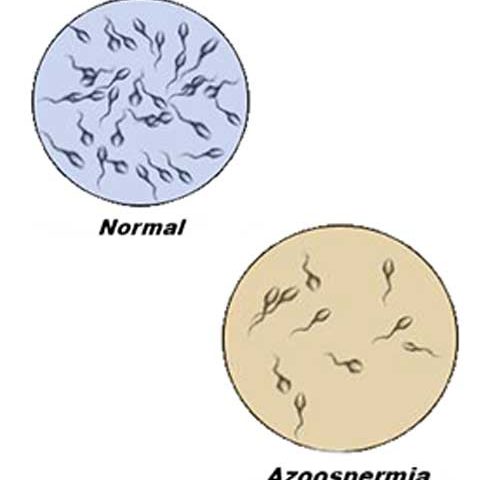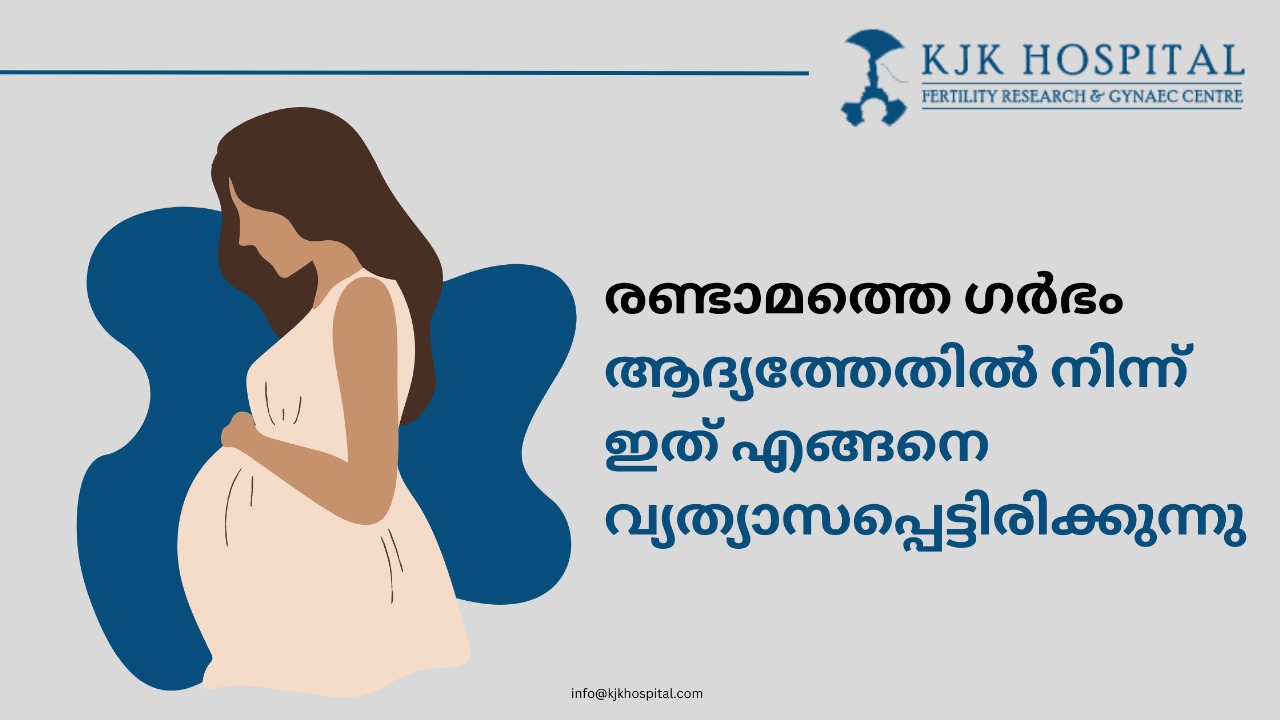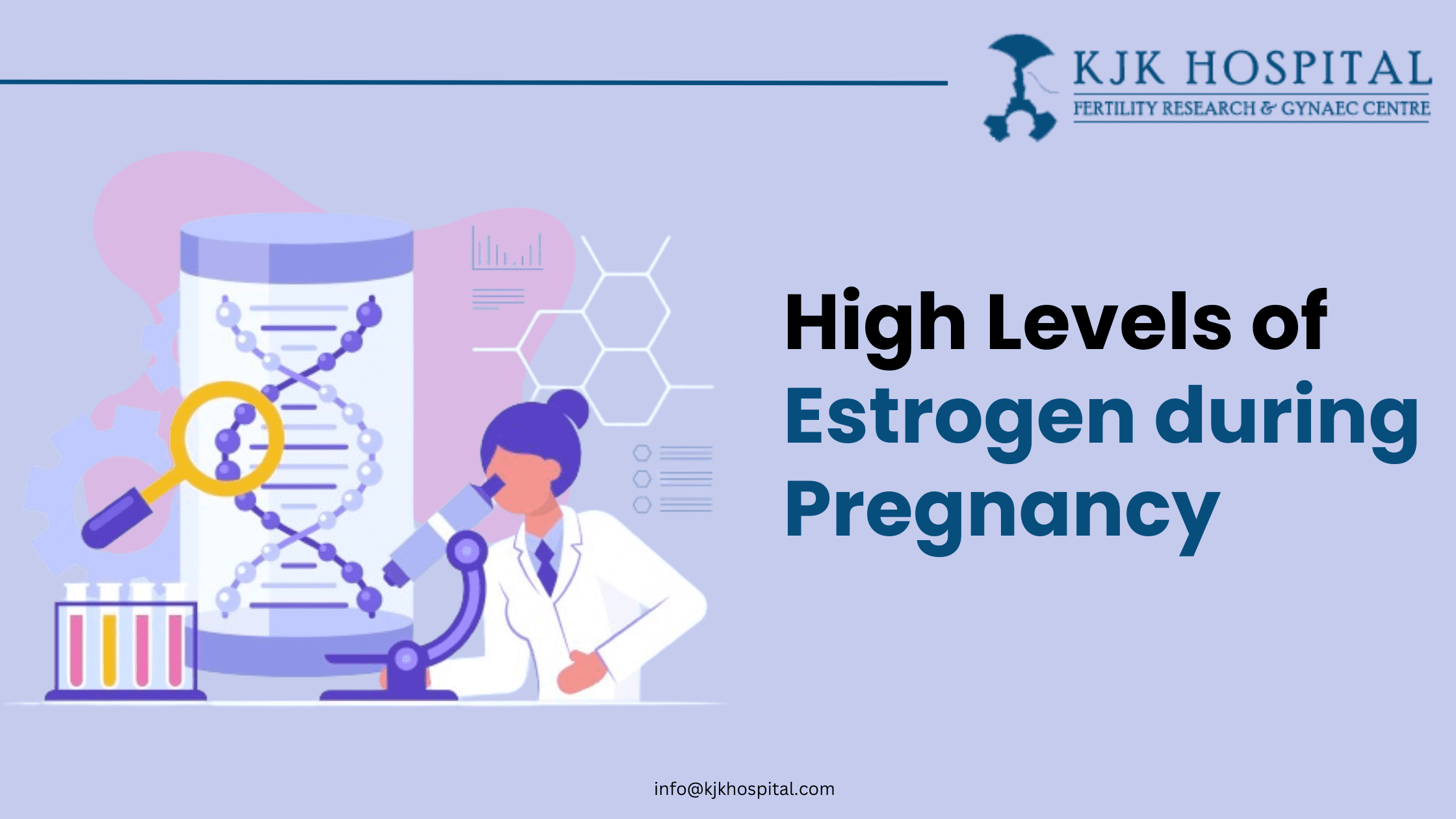The social stigma surrounding infertility always make it seem like this is primarily related to only females. But in reality this is not the case and the health and fertility of both the male and female has to be looked into to improve chances of conceiving. A low sperm count is the most common cause of infertility in men and otherwise it could be the complete absence of sperm in the semen, termed as Azoospermia. Statistically this medical condition happens to about 1% of all men and 15% of infertile men. The good thing is that an Azoospermia diagnosis does not necessarily mean an inability to conceive naturally.
It is the testicles in a man’s scrotum that produces sperm so an Azoospermia condition may be present at birth when it is genetic or may develop later in life. There are predominantly 3 types of Azoospermia; Pretesticular or non – obstructive Azoospermia is when your testicles can’t produce sperm owing to low hormone levels, Testicular Azoospermia is when damage, infection or groin injury stops the testicles from naturally making sperm and Post-testicular or obstructive Azoospermia is when testicles are able to produce sperm but causes like a blockage, vasectomy or retrogade ejaculation prevents the sperm from coming out. Post-testicular Azoospermia is the most common type affecting about 40% of men.
A chromosomal abnormality such as Klinefelter syndrome, pituitary dysfunction and certain surgeries like prostate removal or a bilateral hernia repair can cause non – obstructive Azoospermia. Retrograde ejaculation could be caused by conditions like diabetes. Excessively administering testosterone could lead to a temporary or even permanent Azoospermia condition. Radiation and chemotherapy have also been found to be destroying sperm-producing cells resulting in Azoospermia.
If you and your partner have been trying to get pregnant without luck, your doctor could check for this condition, with a routine semen analysis under a high – powered microscope, or a blood test to measure your hormone levels. The doctor might also order a scrotal or transrectal ultrasound to check for an obstruction. Further MRI screening can confirm the Azoospermia diagnosis.
Some causes of this medical condition can lead to noticeable signs and symptoms but these doesn’t necessarily mean that you’re at risk for Azoospermia unless tested further. Watch out for signs like low ejaculate volume or “dry” orgasm (no or little semen, cloudy urine after sex, painful urination, pelvic pain, swollen testicles, small or undescended testicles, smaller than normal penis, difficulty with erections or ejaculation, low sex drive, reduced male hair growth, enlarged breasts or muscle loss. On the other hand, there is the possibility of an Azoospermia condition even if you don’t have any of these symptoms.
The good thing is that many causes of Pre- and post-testicular Azoospermia can be reversed and fixed with various levels of treatment options like medication or hormonal support to stimulate sperm development. In the case of obstructive Azoospermia, microsurgical procedures can help repair blockages of damaged connections. But Testicular Azoospermia is usually a permanent condition.
For enquiries related to Azoospermia and treatment options for male infertility issues, send a message to www.KJKHospital.com/contact







